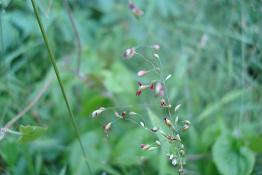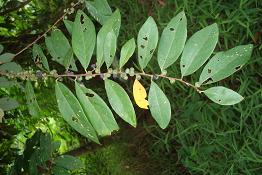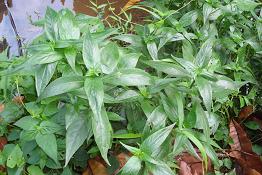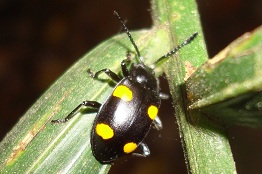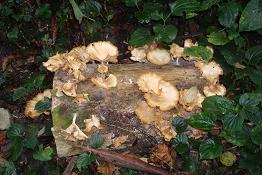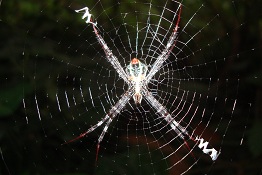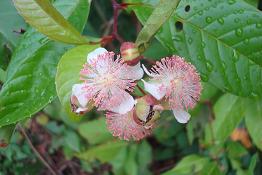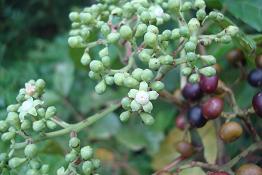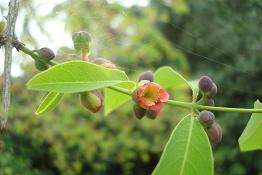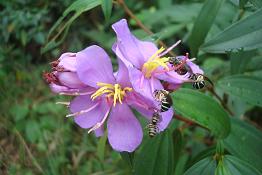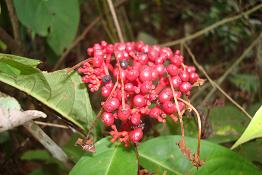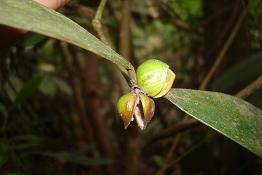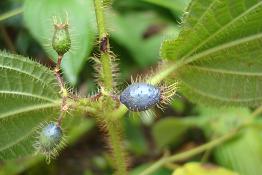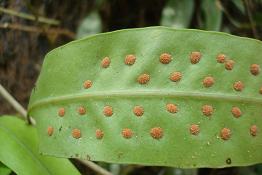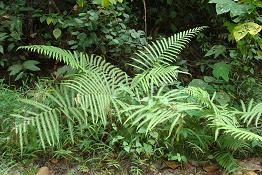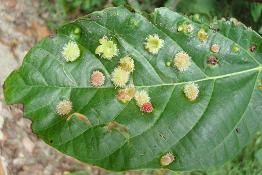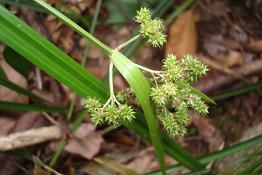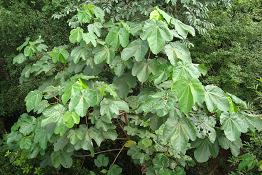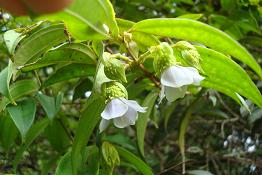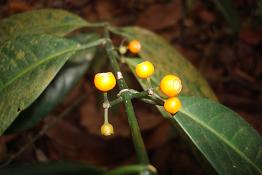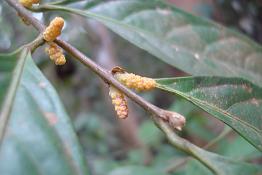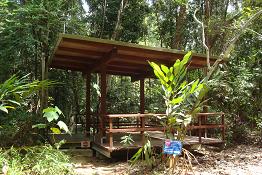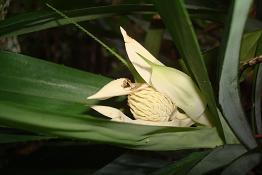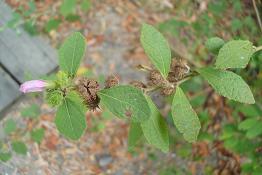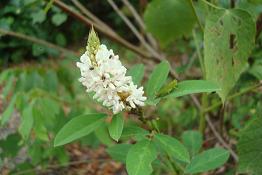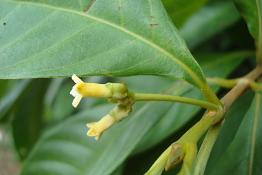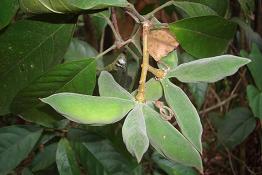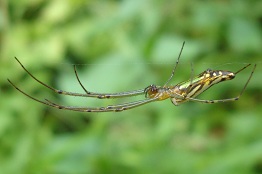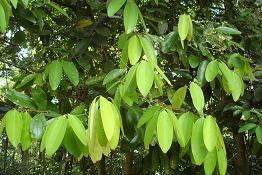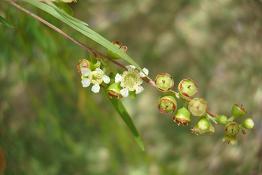Highlight:
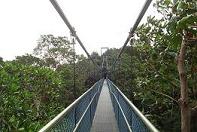 It was the beginning of a 5-hour walk on the 4th day of Lunar New Year. This was the 4th time
that I was traveling on this trail over the years. I preferred not to come by during weekend or public holidays so as to avoid the crowd. Since the suspension
bridge was rather narrow and I wanted to take my time enjoying the beautiful scenery plus taking some pictures, I did not feel good blocking people's way. As per
previous trips, I started off from the carpark at Venus Drive as it was the shortest route to the bridge.
It was the beginning of a 5-hour walk on the 4th day of Lunar New Year. This was the 4th time
that I was traveling on this trail over the years. I preferred not to come by during weekend or public holidays so as to avoid the crowd. Since the suspension
bridge was rather narrow and I wanted to take my time enjoying the beautiful scenery plus taking some pictures, I did not feel good blocking people's way. As per
previous trips, I started off from the carpark at Venus Drive as it was the shortest route to the bridge.
There were quite a number of butterflies along the trail but I only managed to take picture of some of them (see below). From left to right: Mycalesis mineus macromalayana (Dark Brand Bush Brown), Mycalesis orseis nautilus (Purple Bush Brown), Tanaecia pelea pelea (Malay Viscount), Lexias pardalis dirteana (Archduke), orange skipper, Junonia hedonia ida (Chocolate Pansy).
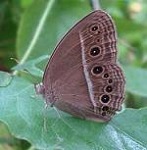
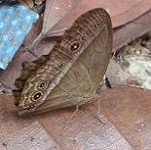

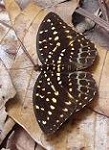
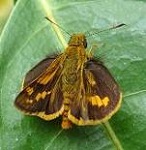
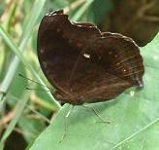
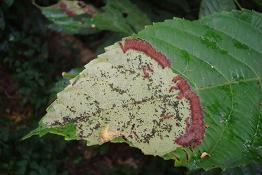
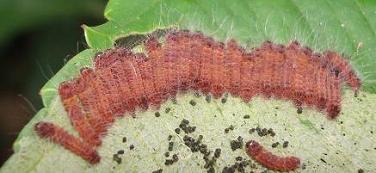
I came across
troops of well-organized caterpillars munching away the leaves of a Leea indica (Bandicoot Berry). Their feasting
formation reminded me of the maneuvering of troops in ancient time. I had no idea whether these caterpillars will eventually become moths or butterflies.
Besides the butterflies and caterpillars, a couple of insects were seen. From left to right: (1) An insect that looked like a longhorn beetle but unfortunately, I was
not able to see the feature of its back before it flew off, (2) Robber fly, (3) Assassin bug
(Cosmolestes picticeps) feasting on a prey, and (4) Giant forest ant
(Dinomyrmex gigas).
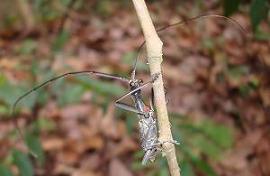
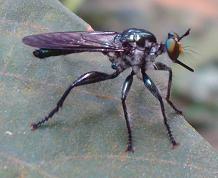
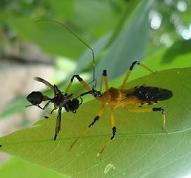
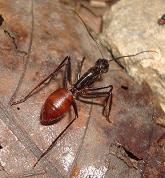
New plants added to my website from this trip:
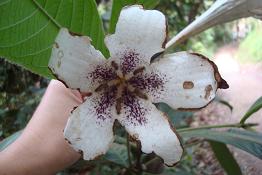
Rothmannia macrophylla (Angel's Trumpet)
This is a wild Angel's Trumpet which differs from the cultivated version. I have seen the picture of this wild species in the book "1001 Garden Plant in Singapore" for quite a while. This was one of the most exciting find for this trip. I did not know how long the flower will last, but the flowers seen was definitely not newly bloom ones.

Champereia manillana (False Olive)
The one shown here was the only female plant seen with immature fruits. Along the way, there were a couple of plants with male flowers. The plants seemed to be in flowering season since a number of them were seen with flowers on them at different spots along the trail.
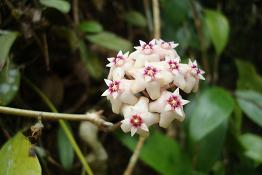
This was the third hoya picture in my website. As with other hoya, it was a climber with thicken leaves. Like a lot of plants, the attractive part of hoya is its flowers. In fact, Hoya has a great number of fans with websites dedicated solely to it. I did get a pot of hoya plant for myself as well at the balcony at home.
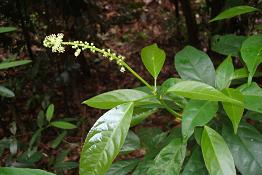
The first time I saw this plant was in October 2009 at Bukit Timah Nature Reserve but was not able to identify it then. The more commonly known croton plant, Croton tiglium (Croton-oil Plant), is supposed to be a medicinal plant.
Photo Gallery:
Below are selected photos from this trip arranged according to the sequence that they were taken. There is a text link under the photo that will direct you to more photos of the same species if they are available in my website.
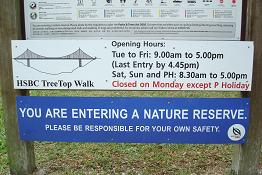
DSC08157
Start point of the Walk

DSC08192
Direction to the bridge
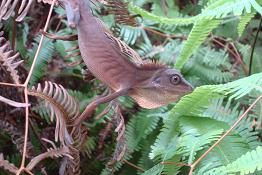
DSC08310
Calotes versicolor
(Changeable Lizard)
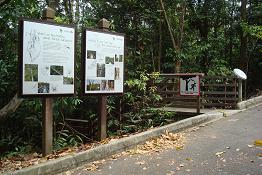
DSC08454
Entrance to the bridge
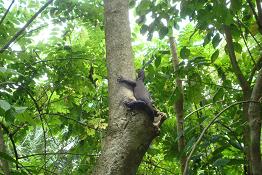
DSC08604
Monitor Lizard up on a tree trunk

DSC08626
Neurothemis fluctuans
(Common Parasol, male)
Statistics:
